1. Magro Malosso ER, Saccone G, Simonetti B, Squillante M, Berghella V. US trends in abortion and preterm birth. J Matern Fetal Neonatal Med. 2018; 31(18):2463–2467. PMID:
28629238.

2. Lee NH. International trends and implications for preterm birth. Health Welf Policy Forum. 2013; (200):116–127.
4. Harrison MS, Goldenberg RL. Global burden of prematurity. Semin Fetal Neonatal Med. 2016; 21(2):74–79. PMID:
26740166.

5. Eke PI, Dye BA, Wei L, Slade GD, Thornton-Evans GO, Borgnakke WS, et al. Update on prevalence of periodontitis in adults in the United States: NHANES 2009 to 2012. J Periodontol. 2015; 86(5):611–622. PMID:
25688694.

6. Puertas A, Magan-Fernandez A, Blanc V, Revelles L, O'Valle F, Pozo E, et al. Association of periodontitis with preterm birth and low birth weight: a comprehensive review. J Matern Fetal Neonatal Med. 2018; 31(5):597–602. PMID:
28282773.

7. Vakil N, van Zanten SV, Kahrilas P, Dent J, Jones R; Global Consensus Group. The Montreal definition and classification of gastroesophageal reflux disease: a global evidence-based consensus. Am J Gastroenterol. 2006; 101(8):1900–1920. PMID:
16928254.

8. Patrick L. Gastroesophageal reflux disease (GERD): a review of conventional and alternative treatments. Altern Med Rev. 2011; 16(2):116–133. PMID:
21649454.
9. Vinesh E, Masthan K, Kumar MS, Jeyapriya SM, Babu A, Thinakaran M. A clinicopathologic study of oral changes in gastroesophageal reflux disease, gastritis, and ulcerative colitis. J Contemp Dent Pract. 2016; 17(11):943–947. PMID:
27965506.
10. Deppe H, Mücke T, Wagenpfeil S, Kesting M, Rozej A, Bajbouj M, et al. Erosive esophageal reflux vs. non erosive esophageal reflux: oral findings in 71 patients. BMC Oral Health. 2015; 15:84. PMID:
26208714.

11. Ali RA, Egan LJ. Gastroesophageal reflux disease in pregnancy. Best Pract Res Clin Gastroenterol. 2007; 21(5):793–806. PMID:
17889808.

12. Lee KS, Song IS, Kim ES, Ahn KH. Determinants of spontaneous preterm labor and birth including gastroesophageal reflux disease and periodontitis. J Korean Med Sci. 2020; 35(14):e105. PMID:
32281316.

13. Han J, Micheline K. Data Mining: Concepts and Techniques. 2nd ed. San Francisco, CA, USA: Elsevier;2006.
14. Song JY, Kim HH, Cho EJ, Kim TY. The relationship between gastroesophageal reflux disease and chronic periodontitis. Gut Liver. 2014; 8(1):35–40. PMID:
24516699.

15. Adachi K, Mishiro T, Tanaka S, Yoshikawa H, Kinoshita Y. A study on the relationship between reflux esophagitis and periodontitis. Intern Med. 2016; 55(18):2523–2528. PMID:
27629943.

16. Souza RF, Huo X, Mittal V, Schuler CM, Carmack SW, Zhang HY, et al. Gastroesophageal reflux might cause esophagitis through a cytokine-mediated mechanism rather than caustic acid injury. Gastroenterology. 2009; 137(5):1776–1784. PMID:
19660463.

17. Kahrilas PJ. Turning the pathogenesis of acute peptic esophagitis inside out. JAMA. 2016; 315(19):2077–2078. PMID:
27187299.

18. Dunbar KB, Agoston AT, Odze RD, Huo X, Pham TH, Cipher DJ, et al. Association of acute gastroesophageal reflux disease with esophageal histologic changes. JAMA. 2016; 315(19):2104–2112. PMID:
27187303.

19. Hagberg H, Mallard C, Jacobsson B. Role of cytokines in preterm labour and brain injury. BJOG. 2005; 112(Suppl 1):16–18. PMID:
15715588.

20. Cappelletti M, Della Bella S, Ferrazzi E, Mavilio D, Divanovic S. Inflammation and preterm birth. J Leukoc Biol. 2016; 99(1):67–78. PMID:
26538528.

21. Sivarajasingam SP, Imami N, Johnson MR. Myometrial cytokines and their role in the onset of labour. J Endocrinol. 2016; 231(3):R101–R119. PMID:
27647860.

22. Pandey M, Chauhan M, Awasthi S. Interplay of cytokines in preterm birth. Indian J Med Res. 2017; 146(3):316–327. PMID:
29355137.
23. Kim YJ, Lee BE, Park HS, Kang JG, Kim JO, Ha EH. Risk factors for preterm birth in Korea: a multicenter prospective study. Gynecol Obstet Invest. 2005; 60(4):206–212. PMID:
16088197.
24. Di Renzo GC, Giardina I, Rosati A, Clerici G, Torricelli M, Petraglia F, et al. Maternal risk factors for preterm birth: a country-based population analysis. Eur J Obstet Gynecol Reprod Biol. 2011; 159(2):342–346. PMID:
22036591.

25. Ouh YT, Park JH, Ahn KH, Hong SC, Oh MJ, Kim HJ, et al. Recurrent risk of preterm birth in the third pregnancy in Korea. J Korean Med Sci. 2018; 33(24):e170. PMID:
29892210.

26. Kim S, Park HS, Kwon H, Seol HJ, Bae JG, Ahn KH, et al. Effect of cervical cerclage on the risk of recurrent preterm birth after a twin spontaneous preterm birth. J Korean Med Sci. 2020; 35(11):e66. PMID:
32193899.

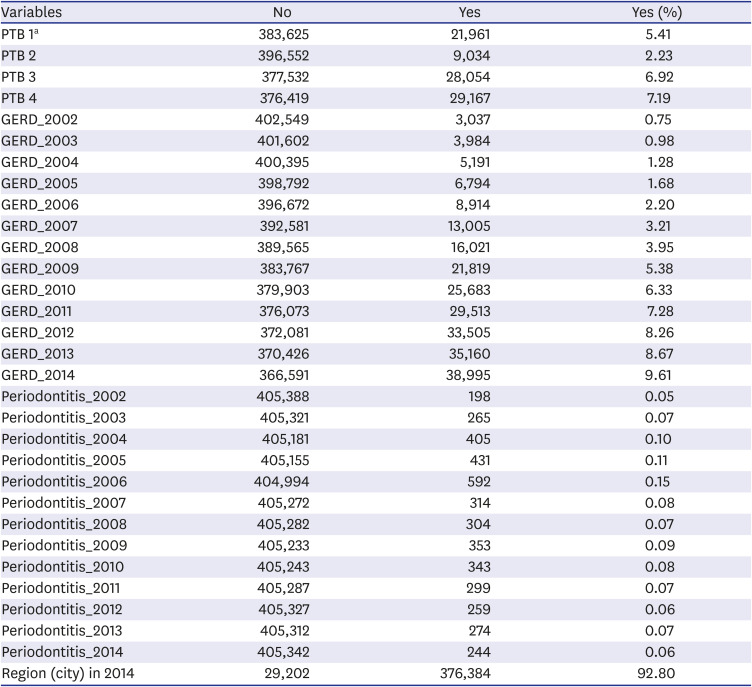
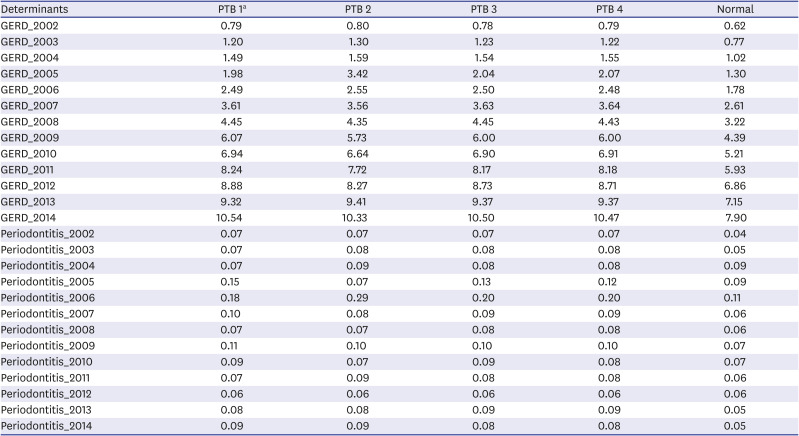
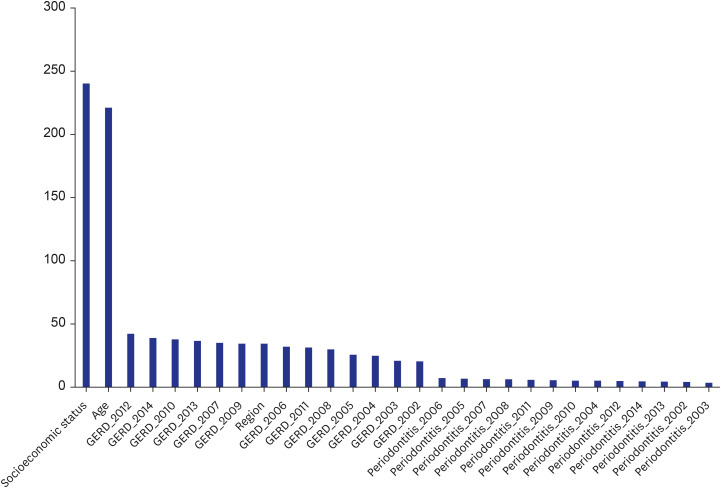

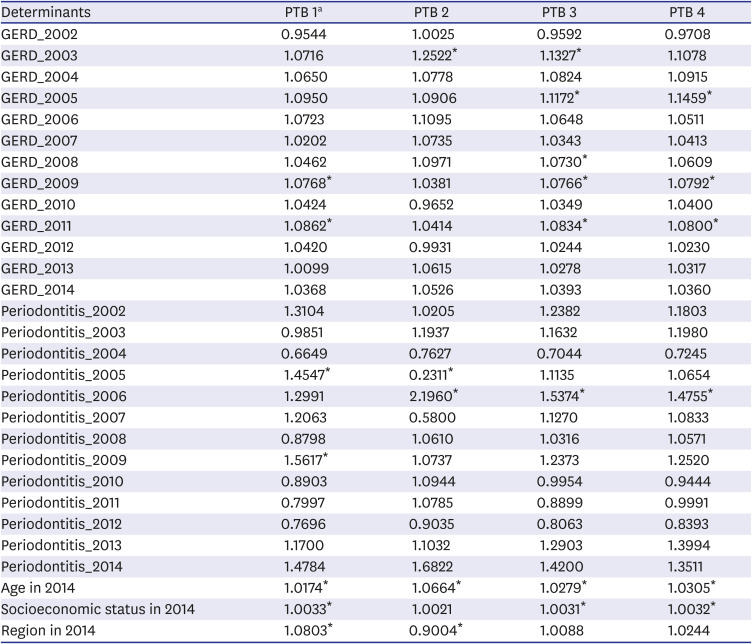
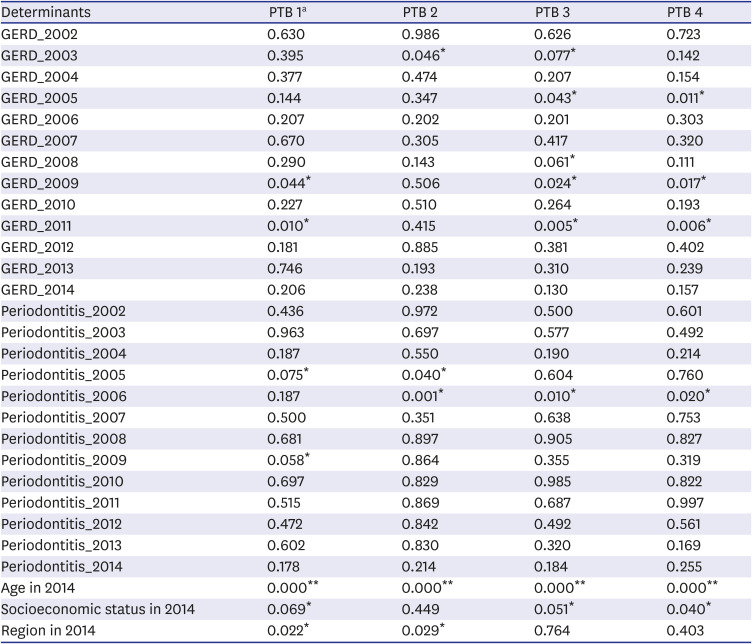




 PDF
PDF Citation
Citation Print
Print



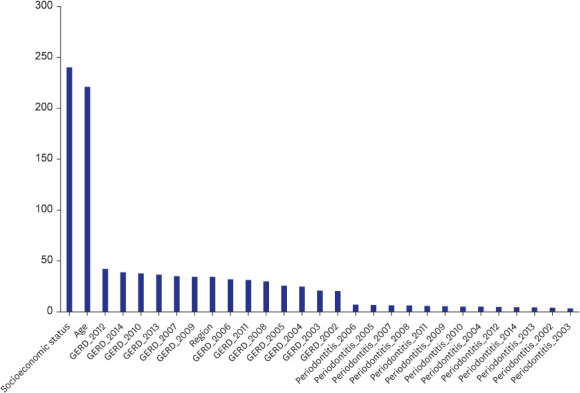
 XML Download
XML Download